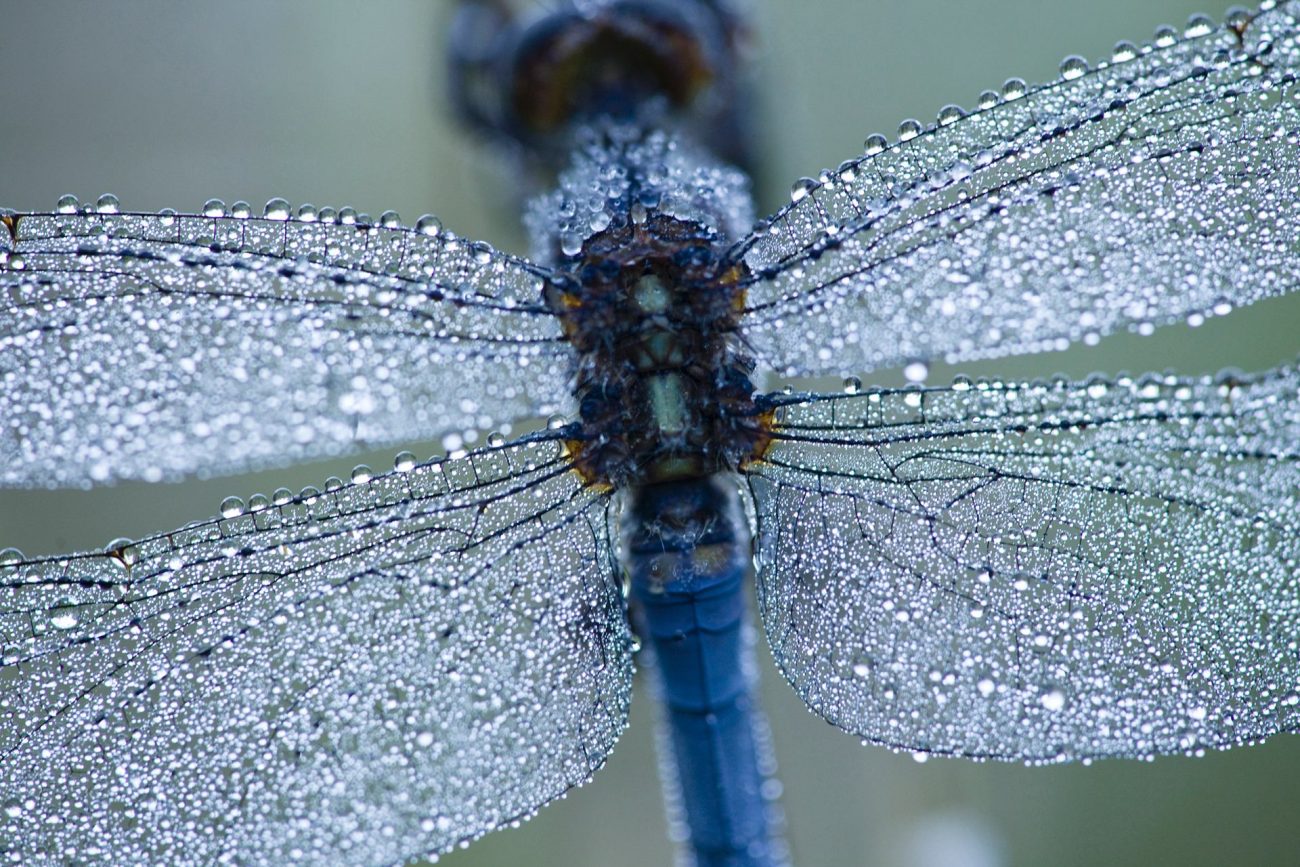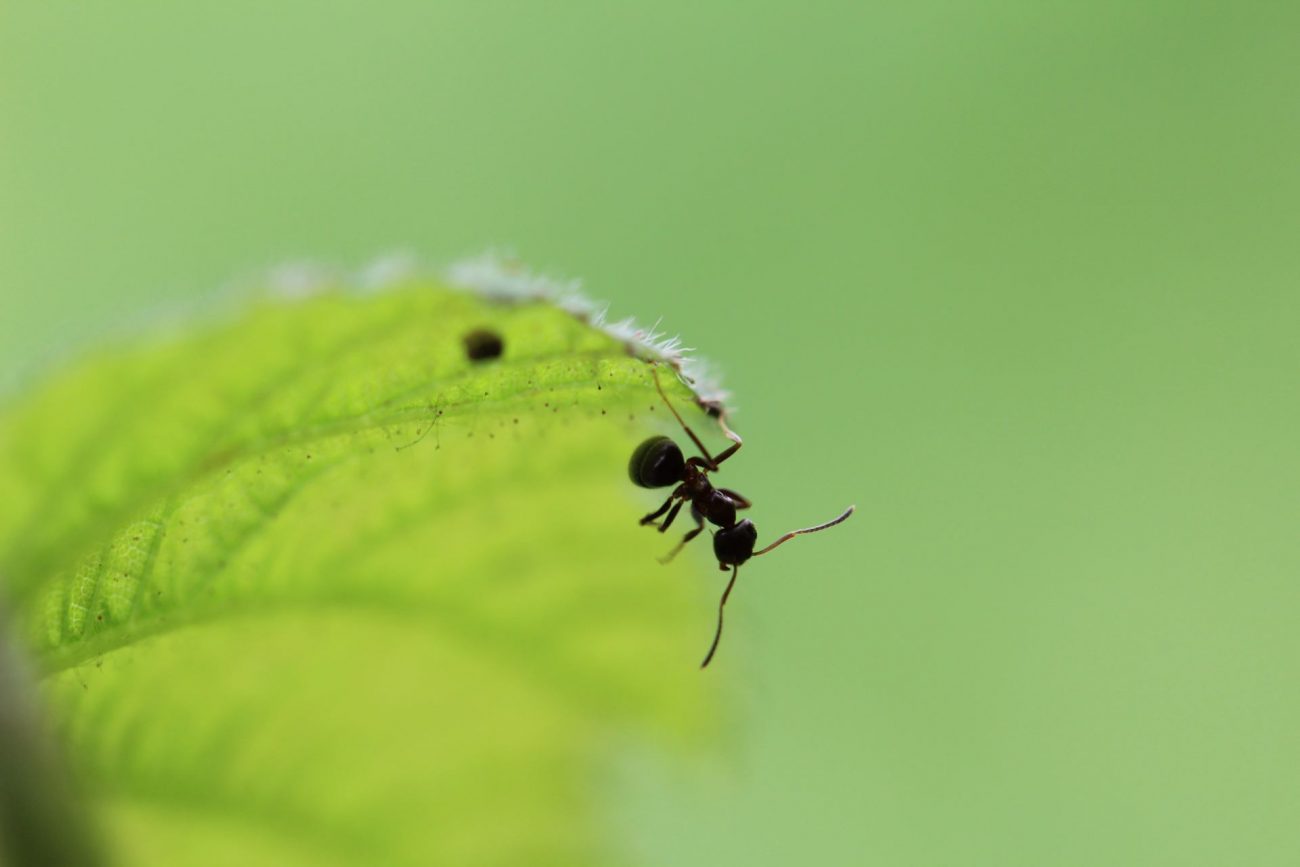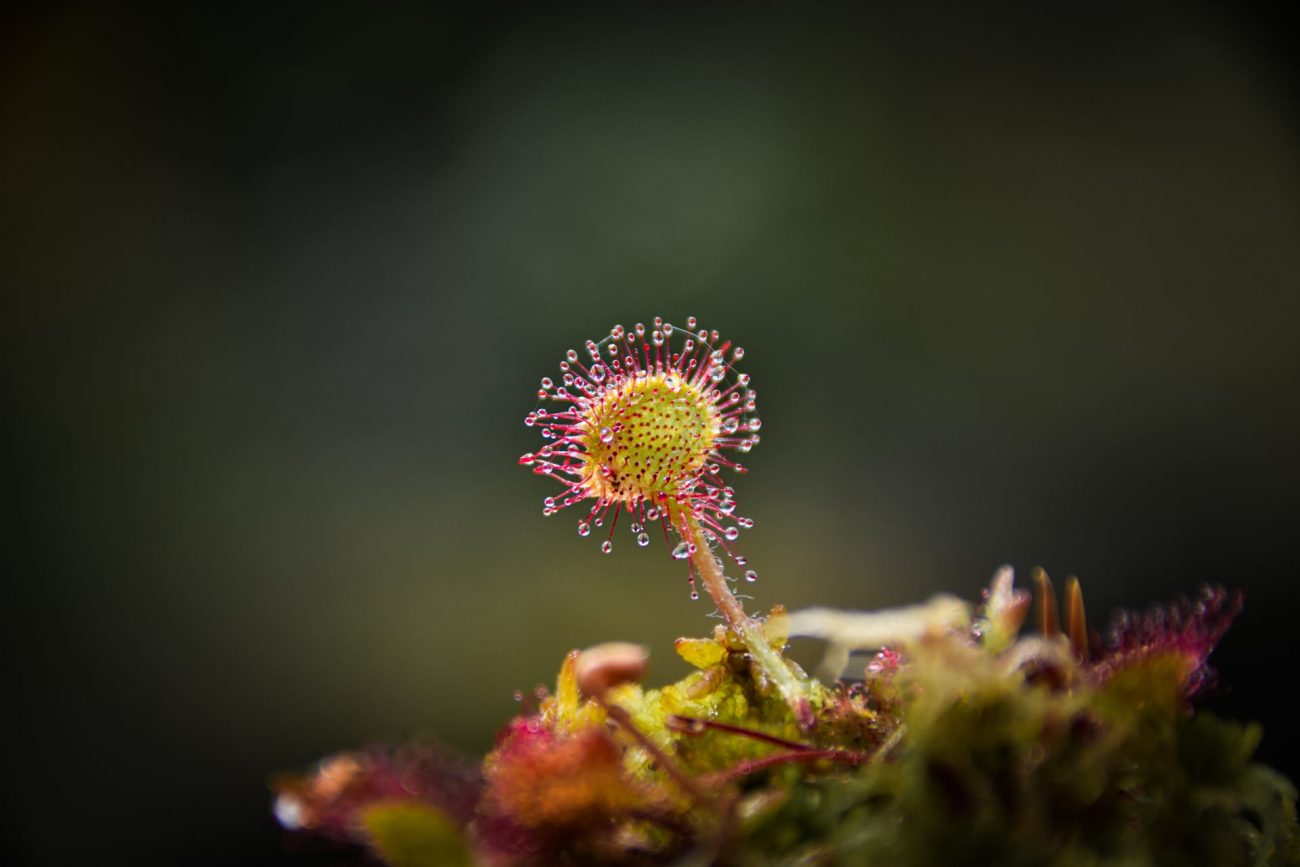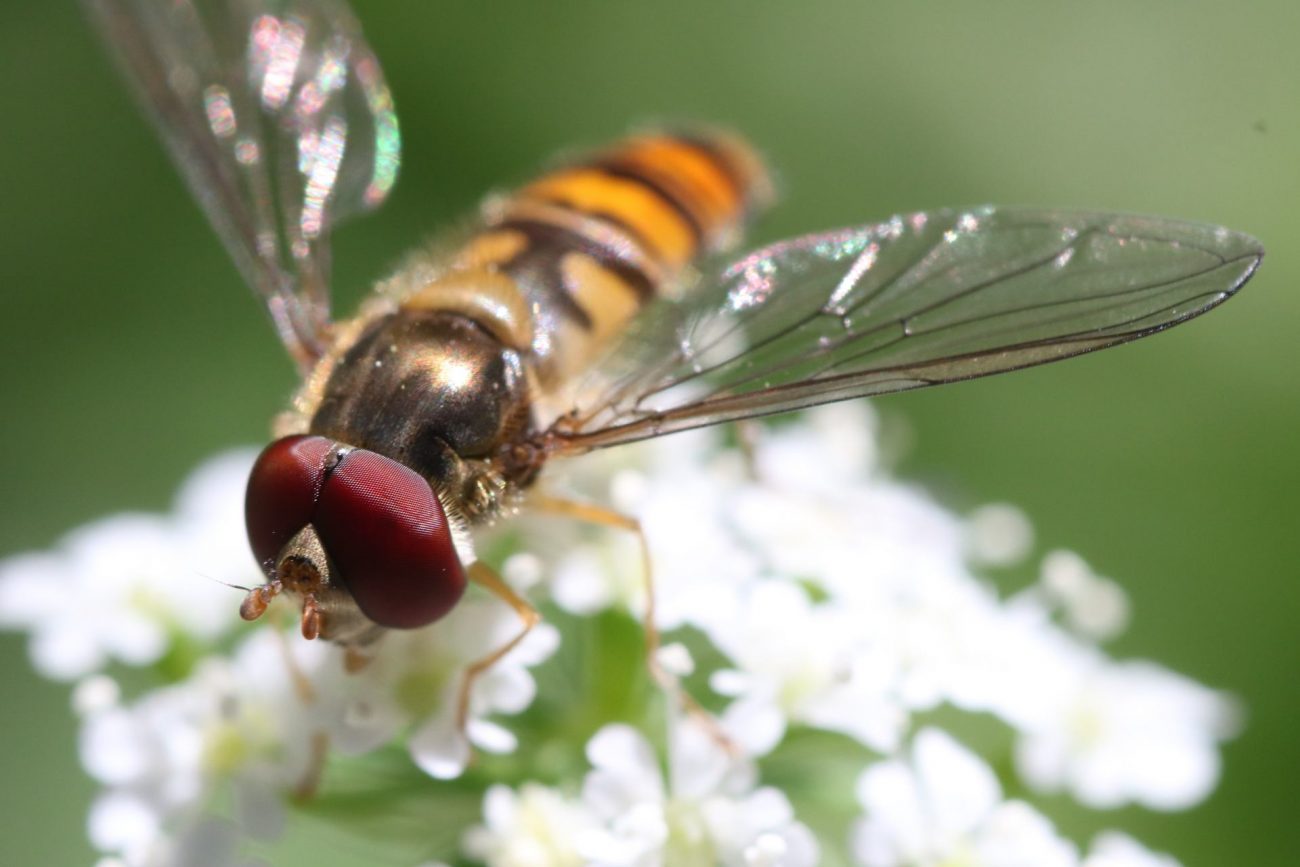From September 2nd until November 4th, 2020, Safran invites you to participate in the photographic contest MIMESIS, to immortalize the treasures of nature. It is about evoking convergences and resonances with technology, which are real or imaginary…
To inspire contest participants, we asked Kalina Raskin – a Physical-Chemical engineer and Doctor in Neuroscience – to mention these living organisms capable of inspiring technology. The CEO of Ceebios (Association dedicated to the deployment of biomimicry in France) and also jury member of MIMESIS, shares 4 inspiring tips for the participants.

Tip n°1 : Capture the biodiversity of everyday life
We always tend to marvel at an exotic species, the one that lives in the seabed or in hostile land. Why not take the time to contemplate the ordinary biodiversity? I would like to see pictures of these organisms that we cross every day. The magic of nature is all around us: ants, flies, snails are extraordinary species !
Flies – whose sight is different from ours – are sensitive to scrolling. This capability inspired the design of sensors that could equip tomorrow the blade tips of Helicopter’s blades. In other words, zooming in the eyes of a fly is also focusing on a non-standard technology!
The snail is also a great source of inspiration. For instance, its mucus was reproduced in the development of glues and lubricants for medical use. The thermoregulation by the shell is also a source of great interest to researchers in the development of equipment for very arid areas. Some plants that are very familiar to us have also great properties. Ivy’s glue is very efficient as well.
Tip #2 “Don’t forget the unloved species
Biomimicry is a fabulous ode to the conservation of biodiversity, of all diversities. Species that do not correspond to our beauty canons, such as slugs, earthworms or worms that are not particularly photogenic.
However, these organisms are interesting. They have the ability to move in a granular medium thanks to the surface properties of their skin and the mucus they secrete… Incredible advantages for these so-called “ugly” creatures !
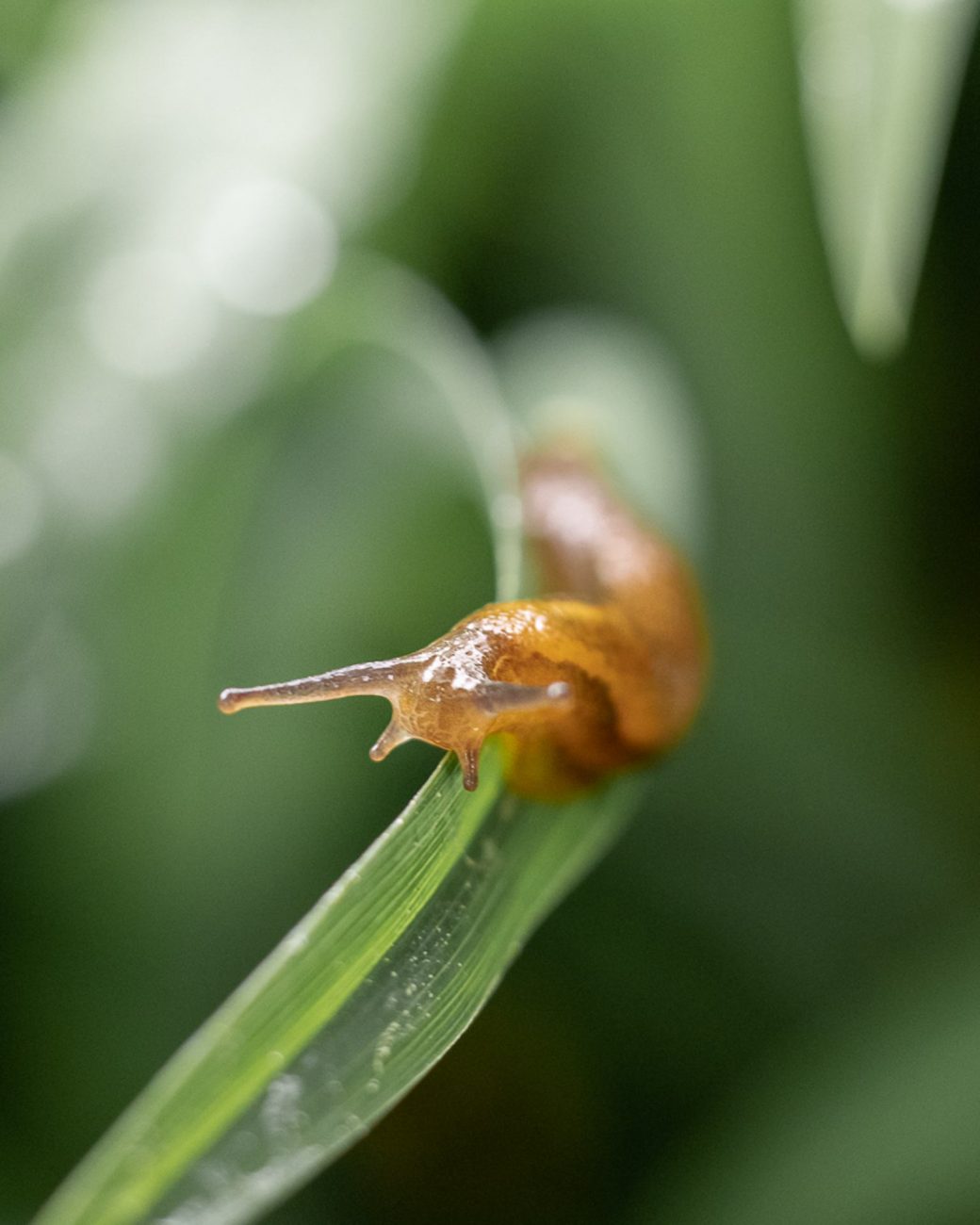
Tip n°3 “Take a step back from living ecosystems”.
A species always develops in relation to environmental constraints and interactions with the species that surround it. Collaboration is often a winning strategy : look at the mushrooms near the roots of trees for example. Certain sea slugs which, in symbiosis with algae, access photosynthesis. This symbiosis has inspired architecture firms to develop micro-algae facades.
So it would be interesting to photograph a species in its environment and in its interactions. The illustration of these symbiosis and collaboration phenomenon would demonstrate the importance of cooperation as an engine of evolution.
Tip 4 “Highlight the endangered species”.
Photographing endangered species would also be an opportunity to immortalize the endangered species. Take the polar bear, for example: the remarkable insulating qualities of its skin and fur have inspired researchers. Its white hairs have a very particular structure – and its skin is black. Such a combination of complementary materials gives it camouflage and cold resistance capabilities.
What about the breathable skin of the amphibians and their propelling tongue? This incredible “equipment” has also inspired scientific innovations in various fields.
The disappearance of certain species such as pollinators will not only impoverish biodiversity, but we will also lose their potential inspiration. There is a multitude of biological mimicry that has not yet been explored by scientists. The role of the photographer is to carefully observe these species. At the moment of shooting, he might well say to himself: ”First of all, I am photographing a fragile being, but I am also documenting a scientific heritage capable of inspiring future developments”.
+++++++
☞ To participate in the Mimésis contest, it’s this way.
☞ To discover the work of Ceebios, it’s this way


